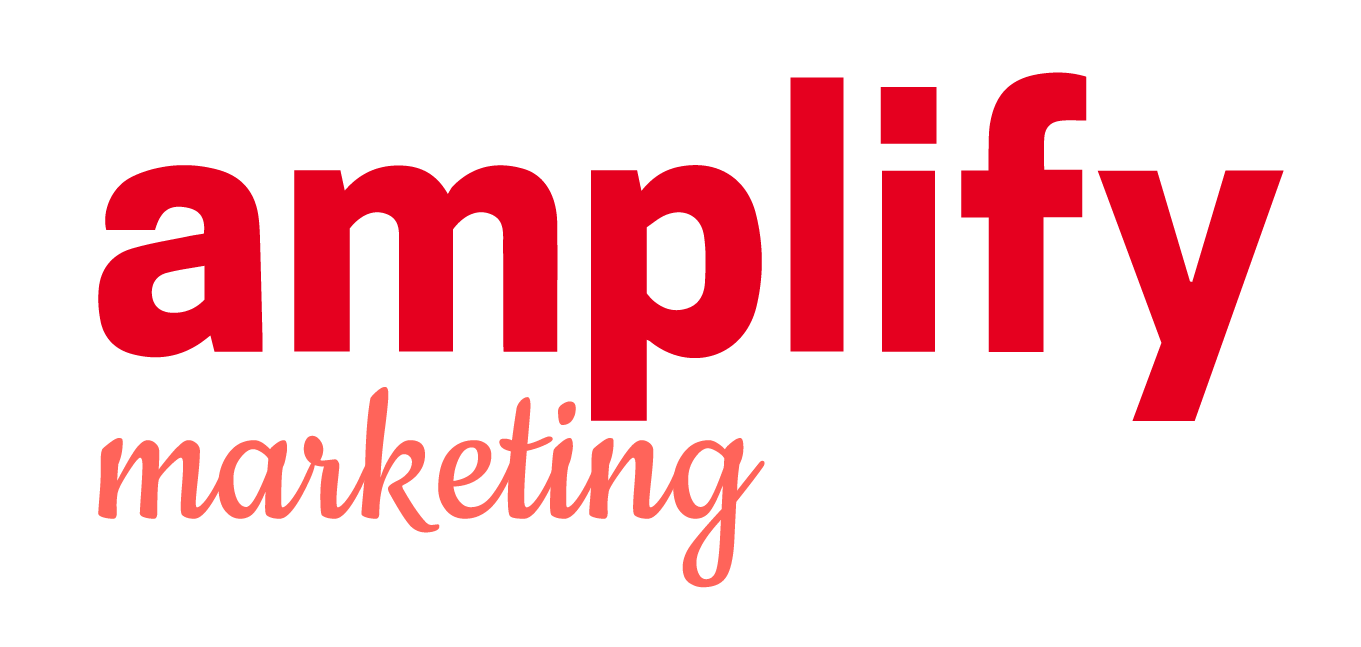How to Evaluate Whether Conferences Are the Right Fit for Your Marketing Strategy

For some businesses, conferences can offer a myriad of opportunities for networking, brand exposure, and lead generation. However, assessing whether they align with your marketing strategy requires careful consideration. After all, they can be a very costly initiative, and have the ability to eat up a lot of your marketing budget for the year.
If you’re considering your options and need to see tangible ROI from the conferences you and your team choose to attend, a strong strategy is key. Here’s a guide to help you determine if conferences are the right fit for your business.
1. Define Clear Objectives
Before diving into the conference circuit, it’s essential to outline what you hope to achieve. Are you looking to generate leads, enhance brand awareness, or launch a new product? Defining clear objectives will help you measure the success of your participation and ensure that it aligns with your broader marketing goals. This will also give you a clearer framework of criteria to look for in conferences, which will help you to narrow down the options on your list.
2. Understand Your Target Audience
Once you’ve narrowed your scope, it’s important to evaluate whether the past attendees of the conferences on your “potential” list align with your target demographic. Research past attendee lists, industry focus, and the types of businesses that participate. If you’re unsure, reach out to a sponsorship rep for a prospectus AND a blinded list from last year’s show. This will give you valuable insights to understand not only what types of companies have attended previous shows, but also what job titles attendees held. Once you have this info, you can make a much more informed decision on whether conferences will have the right potential networking opportunities.
3. Assess Networking Time Allotments
If networking is your goal, it’s essential to evaluate how much time you can dedicate to meeting and engaging with other attendees. See how much time the conference allots for dedicated networking opportunities and understand how you can maximize this time. Also assess whether they have any hosted introduction program, which is kind of like speed networking with pre-determined contacts. While this is normally a paid opportunity, it can be extremely valuable if the show has the right participants.
- Examine Sponsorship Visibility
Sponsorship of conferences can be valuable if it gives you the right opportunities. Here are the three things we typically encourage clients to consider as they look at the cost:
- Are there any speaking opportunities included in the sponsorship? Speaking can be the most valuable way to get in front of your target audience at these shows. Sponsorships that include a speaking opp are typically more valuable than those that don’t (but you still need to assess costs vs. value)
- How much time will attendees spend in the exhibit hall? Not all conferences are created the same. Don’t assume that because you’re exhibiting that a lot of time will be spent IN the conference hall. Look at the agenda to assess whether attendees will actually have time to see your. booth and offering before committing.
- Are there any incentives to get attendees to connect with vendors? In our experience, conferences that incentivize attendees to engage with sponsors are more valuable than those that don’t. Ask about this with your sponsorship rep.
5. Analyze Competitive Presence
Observe whether your competitors are participating in the conference. Their presence can indicate the event’s relevance and importance within the industry. Moreover, being present where your competitors are can ensure your brand remains in the conversation and doesn’t miss out on potential opportunities.
6. Evaluate Content and Learning Opportunities
Conferences often feature workshops, seminars, and speaker sessions that can provide valuable insights and learning opportunities. Evaluate the agenda to determine the relevance and quality of the content presented. Knowledge gained from industry leaders can further enhance your team’s skills and strategies.
Conclusion
Ultimately, the decision to integrate conferences into your marketing strategy requires a thorough evaluation of your objectives, target audience alignment, potential ROI, industry presence, competitive activity, and the learning opportunities provided. By carefully considering these factors, you can make an informed decision and leverage conferences to achieve your marketing goals effectively.
Need help creating a conference strategy? Our team can help. Click here to schedule a complimentary consultation.

